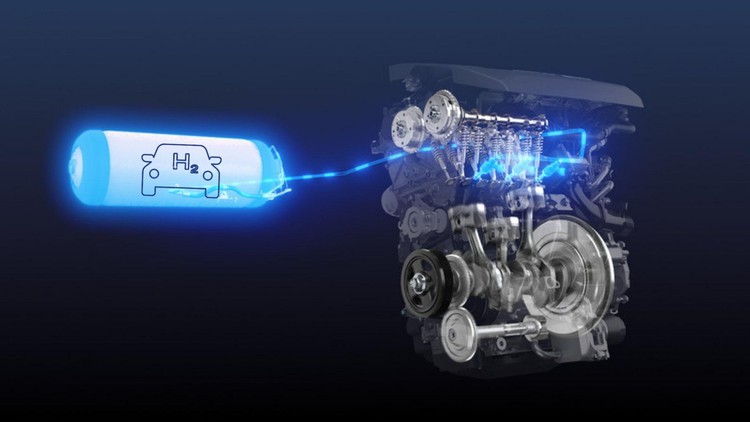
Automotive Engineering; Hydrogen Internal Combustion Engines; Fundamentals of Hydrogen Combustion Engines
What you will learn
Basics of Hydrogen Combustion
Engine Design Modifications for hydrogen combustion
Benefits of Hydrogen gas
Political Impetus for hydrogen Engines
Description
In the field of Automotive Engineering , the threat posed by climate change and the striving for security of energy supply are issues high on the political agenda these days. Governments are putting strategic Automotive Engineering plans in motion to decrease primary fossil fuel energy use, take carbon out of fuels and facilitate modal shifts in the area of tail pipe emissions.
Taking a prominent place in these strategic plans is hydrogen as a future energy carrier.
A number of manufacturers are now leasing demonstration vehicles to consumers using hydrogen-fueled internal combustion engines (H2ICEs) as well as fuel cell vehicles. Developing countries, in particular, are pushing for H2ICEs (powering two- and three-wheelers as well as passenger cars and buses) to decrease local pollution at an affordable cost.
A hydrogen internal combustion engine vehicle (HICEV) is a type of hydrogen vehicle using an internal combustion engine. Hydrogen internal combustion engine vehicles are different from hydrogen fuel cell vehicles (which use electrochemical use of hydrogen rather than combustion). Instead, the hydrogen internal combustion engine is simply a modified version of the traditional gasoline-powered internal combustion engine.
Hydrogen does not contain carbon. That means, that there are no carbon based pollution in the exhaust like carbon monoxide (CO), carbon dioxide (CO2) and hydrocarbons (HC). However, hydrogen combustion with air produces oxides of nitrogen, known as NOx, against emission regulations. In this way, the combustion process is much like other high temperature combustion fuels, such as kerosene, gasoline, diesel or natural gas. As such hydrogen combustion engines are not considered zero emission.
The downside is that hydrogen is difficult to handle. Due to the very small molecular size of the hydrogen atom, hydrogen is able to leak through many apparently solid materials. Escaped hydrogen gas mixed with air is potentially explosive.
Content